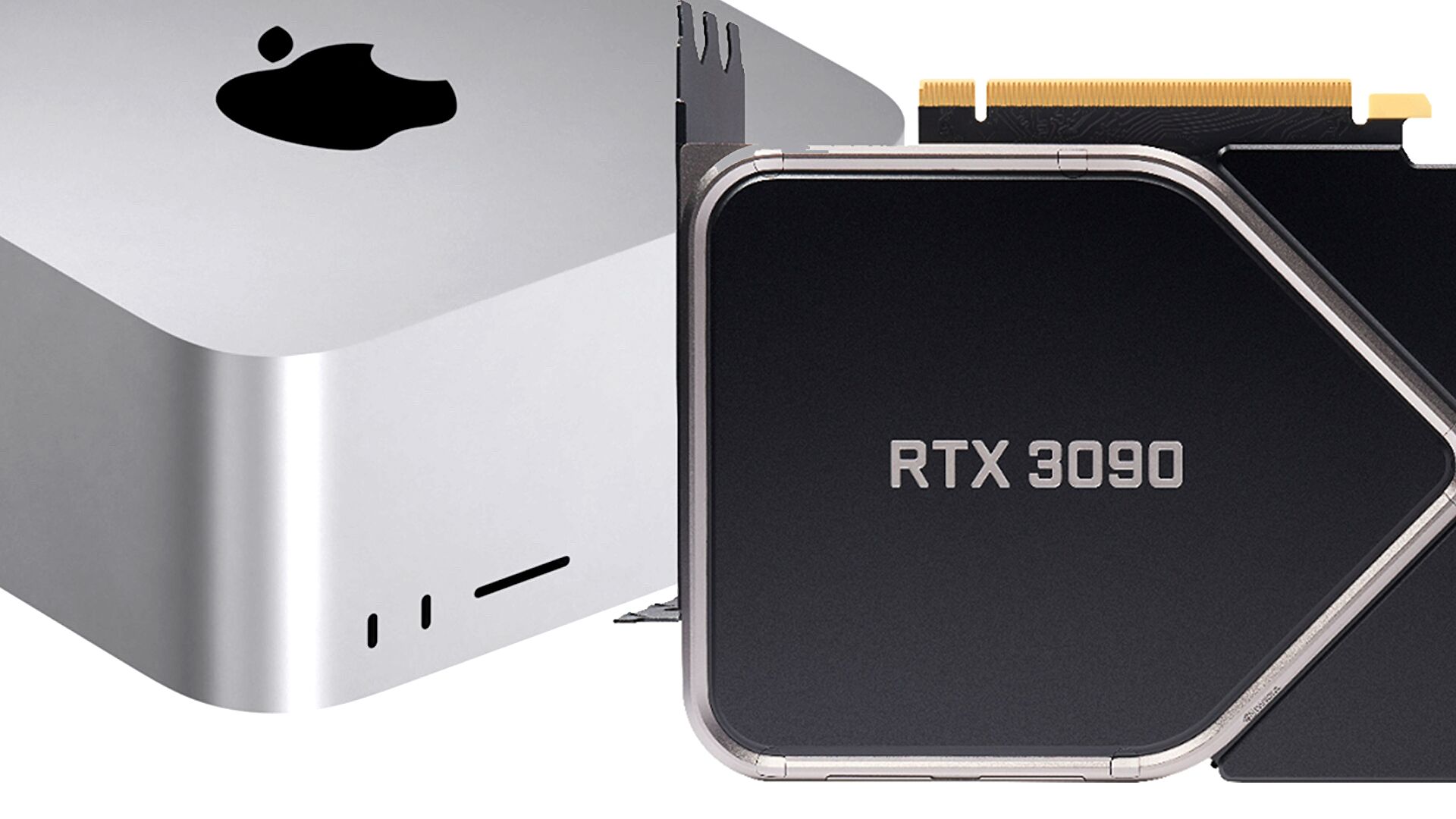
It’s high time Digital Foundry took a look at Apple Silicon and today we’re going to be looking at the higher-end chips in the line-up. Our focus is on the monster that is the M1 Ultra, found within the latest Apple Mac Studio, but we’re also going to be checking out the MacBook Pro’s M1 Max. It’s the M1 Ultra that truly commands our attention though: this system-on-chip represents the highest end computer processor Apple has designed to date, with the firm claiming it should be as fast as a high-end Windows desktop. Packing 20 CPU cores, a 21 teraflop GPU, and 800GB/s of memory bandwidth, it certainly seems like it could be – but how does it measure up in real-world testing and how well does it game?
The M1 and M2 lines are the culmination of a long journey that has seen the firm transition away from SoCs based on third party design and IP, moving all chip design in-house to the furthest extent realistically possible. Apple designs its own GPUs, its own CPUs, and handles SoC design and integration. This results in tremendous control over processor design – the kind of control you would need to scale a phone processor up for high-end desktops.
Which brings us to the M1 Ultra. Since 2020, Apple has been moving its Mac desktops and notebooks away from Intel CPUs and AMD GPUs and over to its in-house SOCs, taking the same fundamental tech from iPhones and integrating it into computers. Apple started with lower-end and lower-power form factors, but finally came around to high-end desktops with the release of the Ultra a few months ago. The M1 Ultra isn’t really its own unique chip, however. It’s actually two M1 Max SoCs connected over a high-bandwidth 2.5TB/s interposer. To the operating system and the user it seems like one monolithic chip with 1 CPU and GPU, but in reality this is two chips linked through a first-of-its-kind interconnect with the performance to support a dual-chip GPU and CPU.





